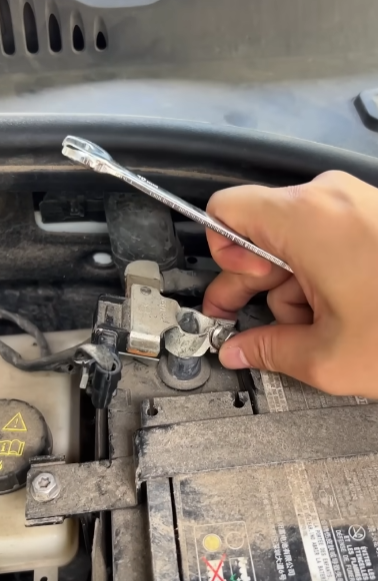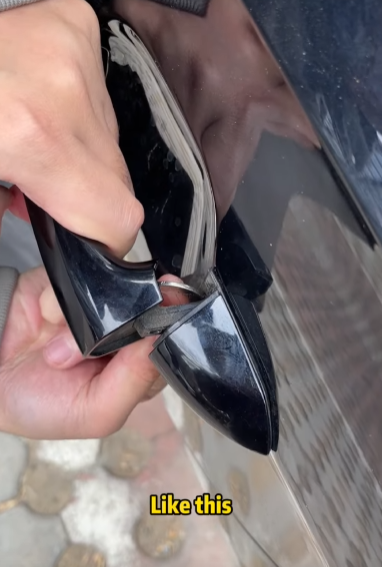
Car door locks are an essential security feature, but there are situations where you might need to prevent a car door from locking. Whether you’re concerned about accidentally locking yourself out, need easy access to a frequently used vehicle, or have a specific mechanical issue to address, disabling the locking mechanism can be useful. In this guide, we’ll explore different methods to prevent a car door from locking while ensuring safety and functionality.

1. Understanding Car Door Lock Mechanisms
Before attempting to disable the locking function, it’s essential to understand how car door locks work. Most vehicles have one or more of the following locking systems:
- Manual Locks: Operated by pushing or pulling a lock knob inside the car.
- Power Locks: Controlled electronically, usually with a key fob or interior buttons.
- Automatic Locks: Engage when the car reaches a certain speed or is put in gear.
- Child Safety Locks: Designed to prevent rear passengers (especially children) from opening the door from inside.
Each type of lock may require a different method to disable it.
2. Disabling Manual Locks
For cars with traditional manual locks, preventing the door from locking can be simple:
- Use a physical barrier: Place a small object, like a piece of rubber or plastic, between the lock mechanism and the door panel to prevent movement.
- Remove the lock knob: Some vehicles allow you to unscrew or pull off the lock knob, making it harder to engage.
- Tape over the lock: Using strong duct tape can prevent the lock from being pushed down.
These methods are temporary and can be reversed when needed.

3. Disabling Power Locks
If your vehicle has power locks, you may need to take additional steps to prevent them from engaging:
- Disconnect the fuse: Locate the fuse box (refer to the car’s manual) and remove the fuse controlling the power locks.
- Unplug the actuator: Inside the door panel, the actuator is responsible for locking and unlocking. Disconnecting it will prevent the locks from functioning.
- Disable automatic lock settings: Some cars allow you to turn off automatic locking through the onboard settings menu.
These methods ensure the doors remain unlocked while maintaining the overall electrical function of the car.
4. Preventing Remote Locking with a Key Fob
Keyless entry systems can automatically lock doors, so disabling remote locking may be necessary:
- Remove the battery from the key fob: This will prevent accidental locking.
- Wrap the fob in aluminum foil: This can block signals from being sent to the car.
- Reprogram the key fob settings: Some cars allow you to disable automatic locking via the vehicle settings.

5. Preventing Locking from Inside the Car
If you want to ensure the car remains unlocked when occupied, consider these solutions:
- Engage the latch mechanism: By manipulating the internal latch with a screwdriver, you may be able to prevent it from engaging fully.
- Use a door wedge: Placing a rubber wedge near the door frame can prevent it from closing fully, stopping the lock from engaging.
- Deactivate child locks: If dealing with rear doors, make sure the child lock is set to allow opening from inside.
6. Mechanical Methods for Permanently Disabling Locks
For a more permanent solution, mechanical modifications may be required:
- Remove the door panel: Access the locking mechanism inside and disconnect the rods or cables.
- Cut the locking mechanism: In extreme cases, cutting the linkage to the lock will prevent it from functioning.
- Replace the lock assembly: If the lock is malfunctioning, installing a new non-locking handle may solve the problem.
These methods should be done carefully to avoid damaging other components.

7. Safety Considerations
Disabling car locks should be done with caution, considering safety risks:
- Emergency Situations: Ensure that at least one door remains operational for emergency exits.
- Theft Prevention: If leaving a vehicle unlocked, park in a secure location.
- Legal Implications: Some jurisdictions may have regulations about disabled locks, especially for rideshare or public service vehicles.
8. Alternative Solutions
If you want to keep the car accessible but maintain security:
- Use a spare key in a secure spot: A magnetic key box can be hidden under the car.
- Install a keyless entry pad: Some vehicles allow access via a numerical code.
- Utilize a remote unlock service: Many modern cars have apps that let you unlock the car remotely.
Conclusion
Making a car door unable to lock can be done using temporary or permanent methods, depending on your needs. Whether you’re preventing accidental lockouts, ensuring easy access, or addressing a malfunction, always consider safety and security when modifying your vehicle’s locking system. If unsure, consult a professional mechanic to ensure the best approach for your specific car model.



